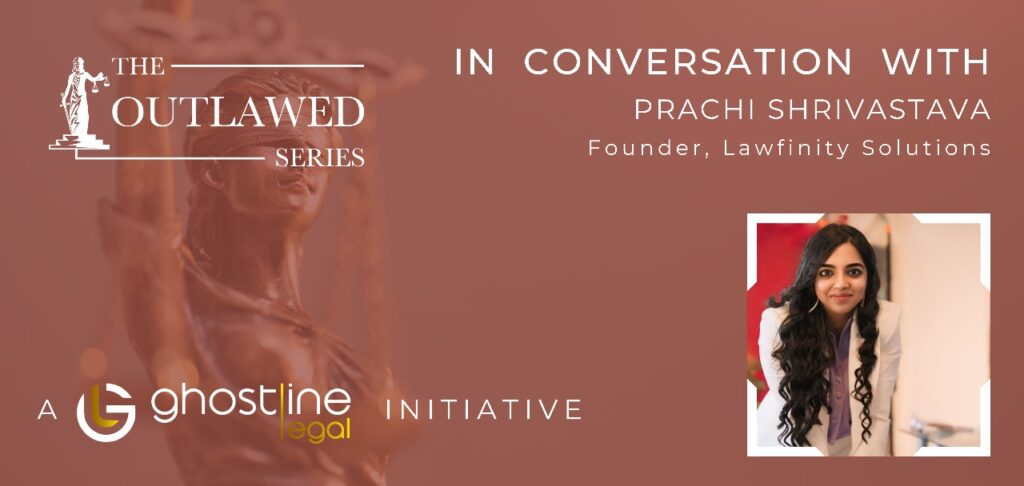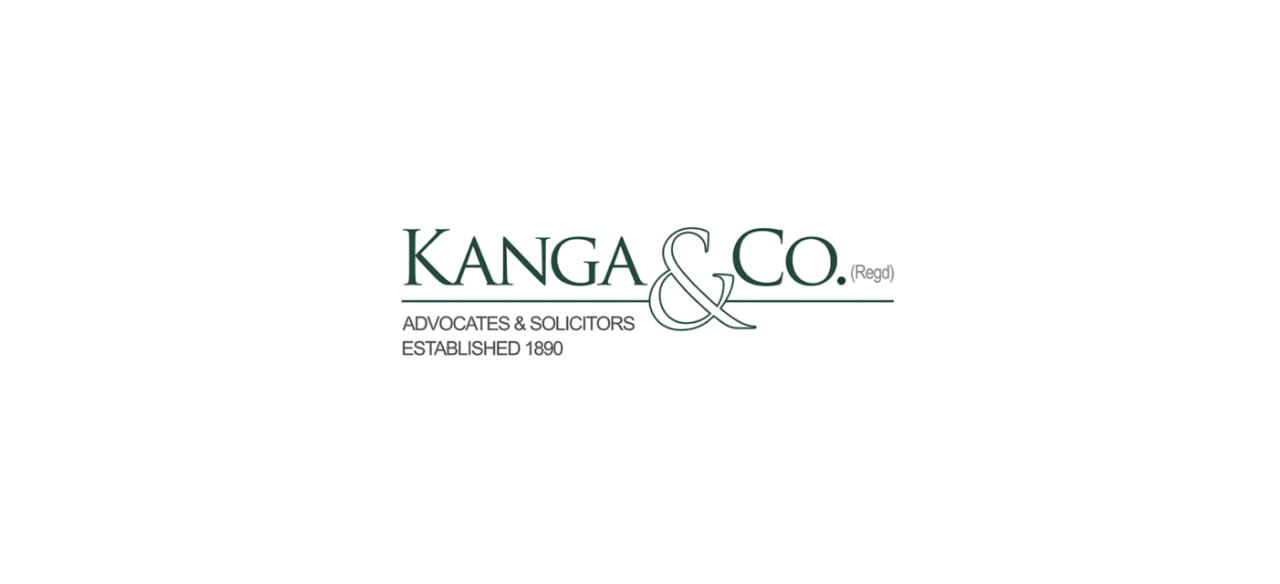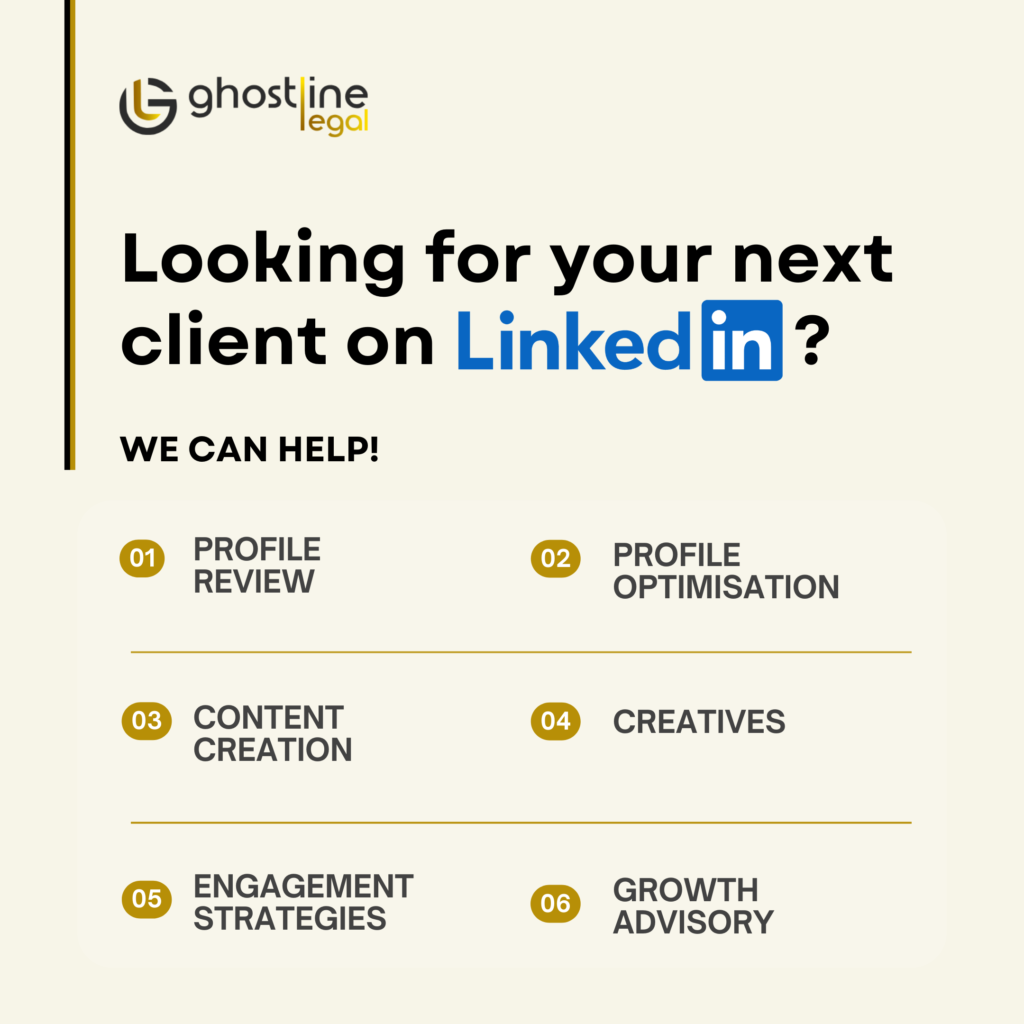Prachi Shrivastava is the founder of Lawfinity Solutions which crafts organic visibility campaigns for law practices resulting in a consistent monthly qualified leads system. Before establishing Lawfinity Solutions in 2019, she was a lawyer-turned-journalist, reporting on the legal sector for Legally India and Mint.
1. Prachi, what inspired you to establish Lawfinity Solutions, and what motivated you to venture into the realm of legal PR and business development consulting?
Prachi: Inspiration for this venture came from three different routes. First, between when I started as a journalist reporting on the legal sector for Legally India, to seven years later running countless stories on the website and authoring several long columns on this profession in national business daily Mint, I got to witness a major shift in how much lawyers were willing to open up about their practices. What LinkedIn is witness today in terms of law practice stories, would certainly be seen as oversharing to unfathomable levels back in those days when even basic information such as partner moves, law firm pay scales and other internal makings of the practice were shrouded in secrecy. By the time I was considering a career transition and looking beyond to what else there is, I was reached with requests from the relationships built within the sector in my journalism days, to handle lawyers’ social media accounts, and write articles for them in mainstream news media and other relevant platforms.
Second, I interviewed at seven of the biggest law firms in India for a role in the communications and marketing department and realised that not one of them matched in their strategy and needs, with the other. Forever a novelty seeker, I couldn’t contain my curiosity on what this means for the vast market of law firms beyond the largest seven. Dabbling in countless different organic visibility strategies was too much of a temptation to give up for the storyteller in me, and I prioritised freelancing over a high-paid stable role with one legacy law firm.
Finally, it is triggering to me that just because of a legal ban on advertisement, one of the most erudite, hardworking and knowledgeable professions is barely understood by the Indian business sector in terms of its reach and value. One needs hope to keep moving forward, and that is what is the line of bridging the gap between legal and business through organic visibility campaigns, for me.
2. How do you define legal PR, and what role does it play in law firms or legal businesses?
Prachi: Legal PR, or public relations, is one of the several functions that comprise what is the discipline of legal practice development. Practice development is how law practices widen and deepen the reach of their practices in the market for their services. Legal PR helps lawyers put their face on several platforms of visibility including, but not limited to, the mainline news media.
When a lawyer is skilled enough to consider serving through their own branded practice instead of joining the brand of another practice, then they need a mechanism to recover the sunken costs from years of putting mental and emotional effort into administration of said practice alongside execution of said legal work. They have lost valuable time and money doing two jobs where they could have done just one – execution – if they were simply in a salaried position with another brand. They need a mechanism to recover this, and recovery can only come in the form of exponentiating profits and scale over the coming years of the practice. However, profits cannot be exponentiated without consistency or through flukes. They need to be backed up by trackable and well-reasoned scaling systems that are adopted with consistency. This is the definition of practice development (PD).
Why legal ‘PR’ is such an important part of PD? Because, in the absence of advertising, what is the fastest and lowest cost option that lawyers have to get their brand name up in perpetuity on the channel of widest readership in the country? Brands place ads in newspapers and stay there until they’re paying through their nose for ad space. Lawyers can use their significant understanding of business to comment to business journalists on industry stories and stay in newspapers in perpetuity (as most newspapers are published online now) 7their name propping up as authoritative commenters each time readers search for information on the topical business events of the day. Is there a more organic mode of powerful visibility to a market that lawyers can serve?
3. Could you highlight some of the major roadblocks you have faced, business development wise?
Prachi: The biggest roadblock both we and our clients face on business development is the disability to run ads online. This is the decade for expertise to sell like fire and consultants are scaling online advice businesses with various levels of experience to massive markets on the back of running Facebook Ads, Instagram Ads, LinkedIn Ads and ad campaigns on numerous other online platforms, down to online gaming apps even, with low budgets, guaranteeing them a fixed minimum number of qualified leads every month which can go from 10 to lakhs in number depending on the simply the quality and scale of the ads they run, without even saying about the actual fulfillment quality many of them bring to the table.
The second manner in which our sector is crippled is that we cannot sell our services through sales teams. Businesses and individuals stuck in the Indian legal system’s machinery, or avoiding getting too deeply and intricately melded into it, do not trust template-based and standardised advice by inexperienced lawyers given the criticality of the risk. They want to speak to a mature and experienced lawyer who can confidently take charge of this risk handling on their behalf. What this means is that the lawyer heading the client’s mandate on fulfillment, is also the one who faces the client at the ‘potential client’ stage for the conversation to convert into a mandate. And one person cannot be everywhere.
These problems pose considerable scaling challenges because one person cannot be everywhere all the time and it takes time and scale to retain several high caliber lawyers as part of your brand who can remove the managing partner from sales and hunting for qualified leads, which scaling in turn needs organised funnels on the back of advertisement and sales teams.
We as a marketing firm are not legally barred from running ads, and can also route our clients to our firm through a sales team. However, in order to have the first-hand experience of the challenges of the sector we serve, we have abstained from both ads as well as sales delegation until reaching a pre-defined revenue milestone. This helps us develop services that are solutions for the sector in their true essence, rather than just cosmetic placeholders until something comes along that guarantees tangible results.
4. In your opinion, what are the key challenges faced in implementing successful legal PD strategies?
Prachi: Budgets are the biggest challenge. Legal PD in India is not a mature market. Most first-mover service providers in this domain are paying the cost of serving in a new discipline. Marketing and sales need healthy budgets and this is a secret to no sector. Even a poor service sold at scale will be adopted by more customers and clients than a maverick service which limited number of people talk about. I don’t claim this. Established marketing and sales gurus such as Alex Hormozi do.
When we speak of PD budgets in the legal sector, problems flow from two directions.
First, the discipline is so nascent that established standards of measurable results from various marketing approaches have not developed – they are scanty internationally, and then much lesser in India. Sure, large firms who have adopted and full-peddled the heck out of all available marketing avenues show to get all the big clients and massive scale, but because of their pre-existing scale, legacy and hard networks they are not a standard of emulation for the rest of the Indian legal sector.
Second, the lawyer is used to extremely heavy client acquisition and retention costs. It is extremely rare to hear about measurable business growth metrics progress from legal service delivery and lawyers haven’t branded themselves as such. Most of them get stuck in the mould of being seen as a necessary and unignorable, yet side support function to business, with unpredictable results. Also, like any other professional relying highly on their intellectual prowess and erudition, they suffer from not being able to measure the true value of their services while constantly trying to perfect their delivery. This results in two extremes – underpaid billable hours and overworked lawyers until reaching a level of seniority in the profession. And then certain senior advocates and senior partners milking even upward of 70 per cent of the profit share for less than 30 per cent of input in execution. This disbalance of course trickles down to how lawyers view the worth and budget justifications of the service providers that lawyers use.
In all fairness though, we have been meeting more and more younger and digital marketing savvy firms who may not have the legacy, yet, but have the zeal to outgrow their status quo and scale how consultants in other sectors do, while having fresh perspectives to and recognising the worth of the advice and initiatives of the PD service providers who help implement this desire.
5. What approach do you take to identify and pursue business development opportunities within the legal industry?
Prachi: As explained in a previous response, we have for the time being artificially limited ourselves from the most efficient business development approaches because up to a certain minimum revenue we want to experience the pain of the sector we serve and develop real solutions to counter that.
However, where we do differ from the sector we serve is that we take their business development approaches – essentially referrals and networking, coupled with erratic blogging and social media posting – and induct efficiencies and loop closures into those to test them out for maximum efficiency and then present them as solutions to this market.
As a five year old firm we believe we are still in the development phase instead of the scaling phase. Again, there was no reason to have moved ahead from development into scaling two years ago, but I believe the nascent and complex sector that we serve leads a lot more true innovation on organic visibility strategies than what digital marketers are accomplishing outside our sector.
Therefore, our most important approach up until now is to constantly speak to the sector and evolve and perfect our fulfilment, then take it to those we know have unsolved problems and are dying for a solution.
Our strength yesterday, today and tomorrow will remain in innovation in fulfilment, even when we scale, because that is the lifeblood of Lawfinity.
6. How do you measure the success of your legal PR and business development initiatives or what metrics/KPIs do you use to assess the effectiveness of your strategies?
Prachi: Our north star of course is the consistency in monthly meetings average. And so, if our marketing campaigns are not doing at least that then all figures on website SEO bump ups, LinkedIn and other social media views and engagements, opened and clicked emails, website visitors, page visitors, top keyword search shows, and a lot more are useless to us. They become useful again when we are able to successfully adjust them by turning certain dials up and others down so that clients are able to milk their campaigns without going crazy on budgets.
7. How do you stay updated on the latest trends and developments in legal PR and business development?
Prachi: We ask ChatGPT in every morning prayer meeting! That lighter note apart, if one is as much on the phone as we are with key stakeholders in the market, thinks about the problems reflecting out of those, and then uses AI and Google with a sincere heart to solve, it is not difficult to stay updated on latest best practices. The challenge is always implementation.
8. How do you ensure effective communication and coordination among team members both within your department and across different firms, to achieve shared goals?
Prachi: We love our kanban boards, productivity app memberships, gsheets and pivot tables of course but most of all we love direct interpersonal human interaction with our clients and between our team members. AI can still not beat the productivity that thrives from enthusiastic people energy.
9. Where do you see the future of legal PR and business development heading, and What are your personal career goals or aspirations with it?
Prachi: The concept and the minimum viable product are tested, legal PR and PD are here to stay, continue past the beta phase and into growth phase, scale, saturate, reinvent itself, die and reincarnate as something entirely new, just like all other validated business that is not a fanciful toy!
Ghostline Legal is India’s first full-service BCI-compliant tech firm for litigation chambers and law firms. Check our services HERE.








